
Renault Extends Standard Warranty On Kwid, Triber, And Kiger To 3...
- Dec 30, 2024
- Views : 30433


Major carmakers have discontinued diesel variants of their popular products in the switch to BS6 emission norms. From April 1, Maruti Suzuki, Renault, Volkswagen, and Skoda will sell petrol-only cars. Carmakers such as Tata and Mahindra will not update their smallest engines, often found in their most popular and affordable vehicles. How does that bode for the Indian car buyer who often spends more on a diesel car to save on fuel costs?
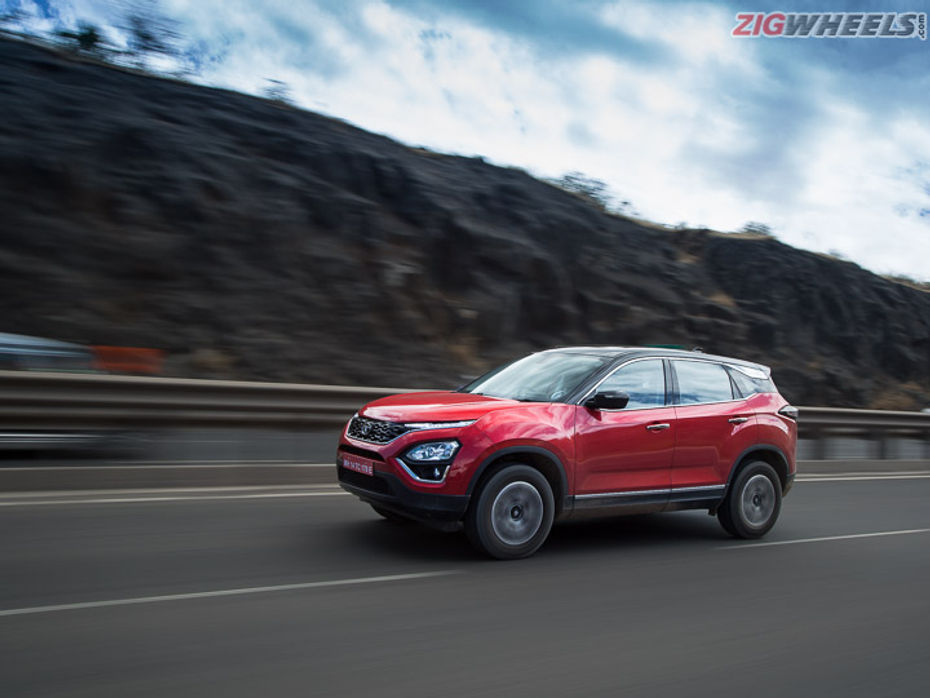
In India, we often recommend diesel cars to people who drive long distances. Now, petrol engines are bridging the power and efficiency gap with diesels. Technologies such as turbocharging, direct fuel injection, and variable valve timing have made petrols cleaner and more powerful than ever. Electric motors can further reduce the effect of turbo lag and increase efficiency by reducing engine load.
What is a hybrid?
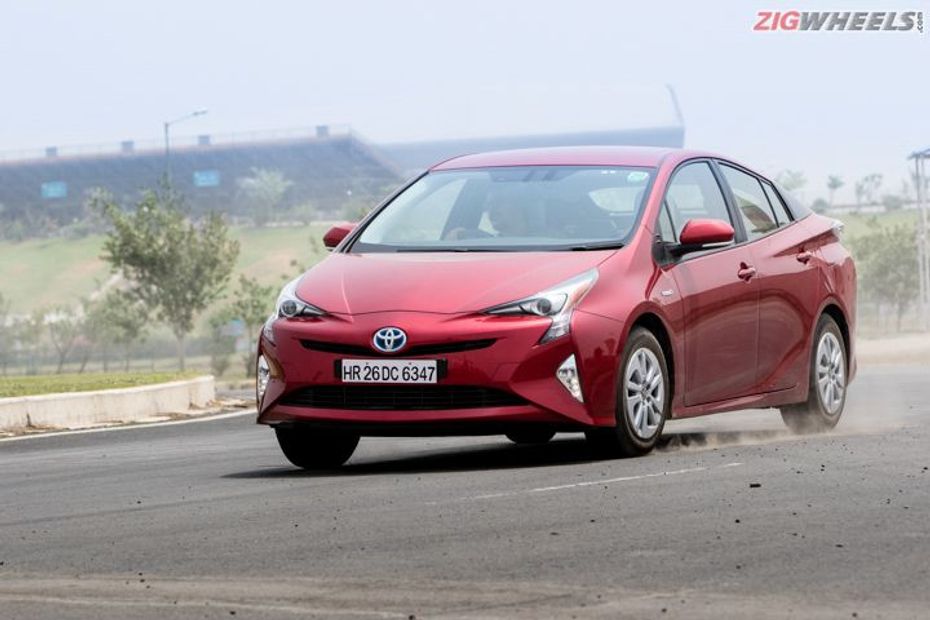
Any car that produces two or more types of power is termed a hybrid. In modern parlance, hybrids refer to cars powered by an internal combustion (IC) engine and electric motor(s). There are two types of hybrids: mild hybrids and plug-in hybrids.

Mild-hybrid batteries are smaller than the ones on electric vehicles (EVs) and plug-in hybrid electric vehicles (PHEVs). In modern cars, an upsized alternator called an integrated starter-generator can perform both brake regeneration and engine load reduction. Common examples are Maruti’s SHVS and the Toyota Camry Hybrid.
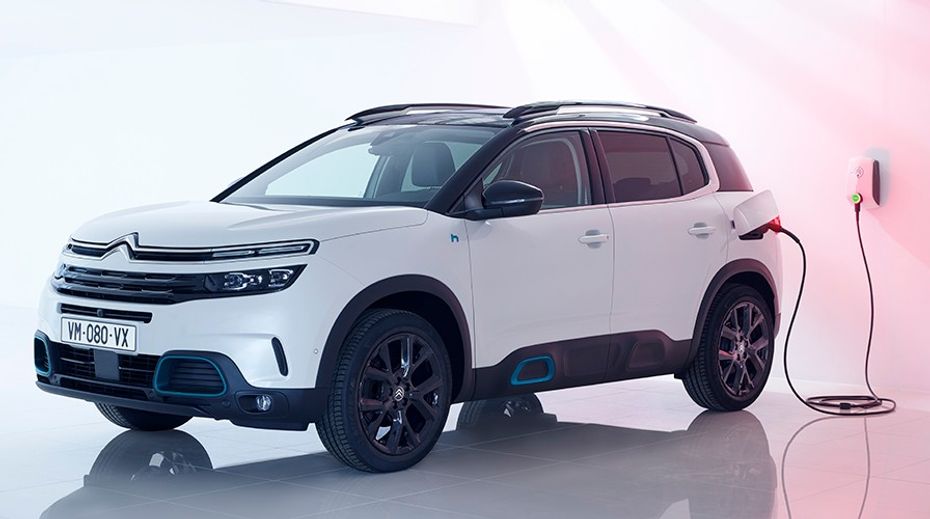
Plug-in hybrids charge themselves but can also be charged via an external power source. This allows the battery to be larger in size, limited only by cost and weight concerns. PHEVs can supply more electric power and for a longer duration than mild hybrids. PHEVs can also manage an average of 30-50km on electric-only power.
What makes hybrids more efficient?
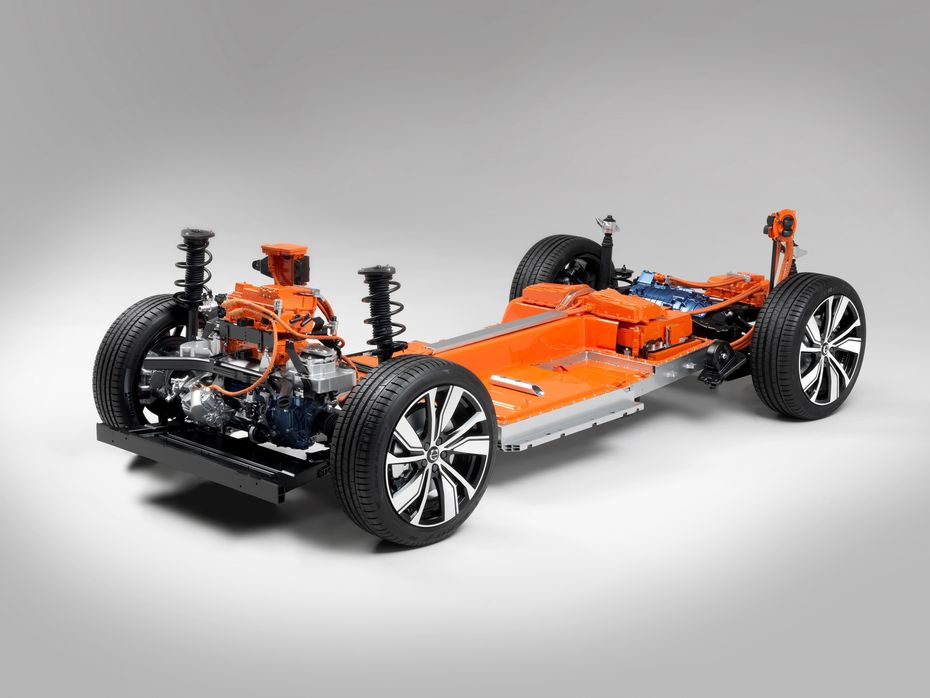
Hybrids use electricity from batteries to power an electric motor, which reduces the load on the engine while accelerating and charges the battery while decelerating. Petrol engines make peak torque at about mid-way to the rev limiter and maximum power at the top of their rev-range.
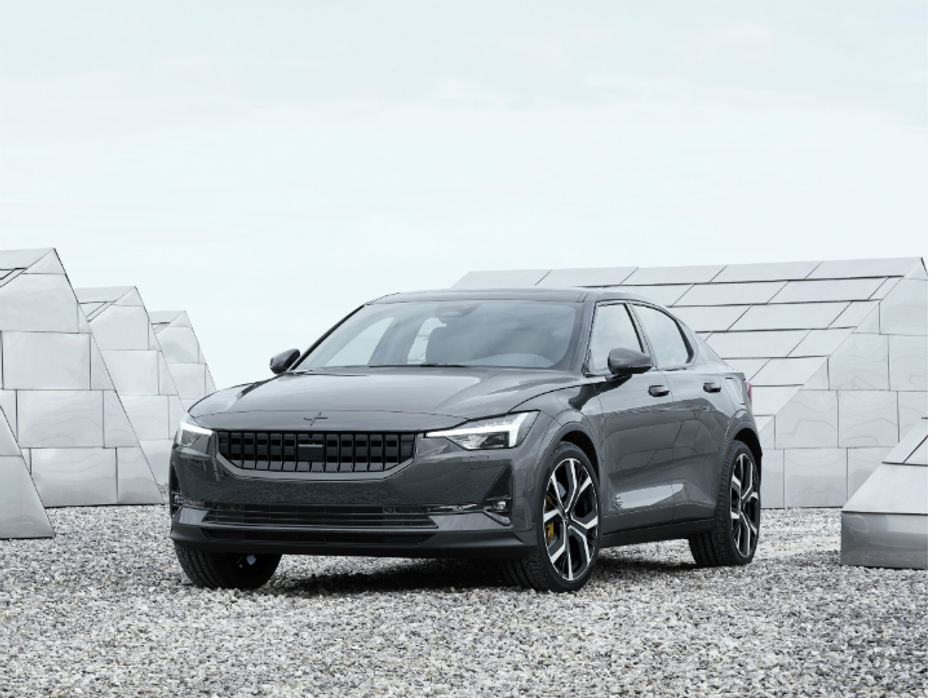
An electric motor can reduce turbo lag by adding more power until the turbo spools. Advanced hybrids can regulate their electricity usage according to your throttle input. Even the mildest of hybrid powertrains can reduce engine load, enhance efficiency, and reduce emissions. Thus, petrol-hybrid cars are a slightly premium replacement for the outgoing diesels.
What hybrid cars do we have in India in 2020?
Maruti Suzuki SHVS cars:
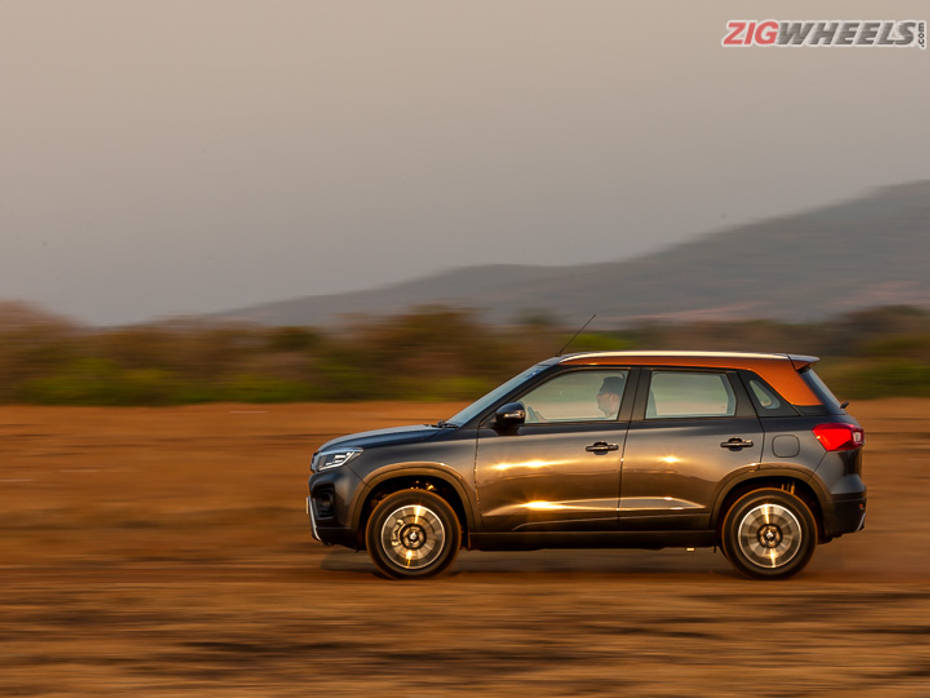
You can opt for an SHVS variant of the Baleno, Ciaz, Ertiga, Vitara Brezza, and XL6. Maruti’s mild-hybrid system runs on a regular-sized 12-volt battery coupled with an integrated starter and generator. It nudges the engine’s already stellar fuel efficiency further. The same system is also available in the Toyota Glanza.

We saw a more powerful 48-volt hybrid system in the Swift Hybrid showcased at Auto Expo 2020. It produces 105PS and 148Nm of power when combined with the K12C DualJet petrol engine and returns 32kmpl.
Toyota Camry:

The new Camry has a mild-hybrid system, which contributes 40PS to the total petrol-hybrid output. The electric motor alone is capable of 120PS. It costs Rs 37.88 lakh (ex-showroom) and comes with premium features such as a 9-speaker JBL ClariFi sound system, three-zone climate control, and touch controls on the rear armrest.
Honda Accord:

The Accord’s hybrid system has a hefty 1.3kWh battery and can run in EV mode. Honda’s twin motor e-CVT transmission can act as a series or a parallel hybrid and is capable of running in EV-only mode. Honda claims a diesel-matching 23.1kmpl for this 215PS petrol-electric hybrid.
Lexus Hybrids:

Lexus sells the ES, NX, LS, RX, and LC 500h with hybrid powertrains. Lexus’ self-charging hybrid system can provide a maximum of 202Nm of torque to the 2.5-litre petrol engine. It has an EV-only mode, too.
Volvo XC90 Twin Engine:
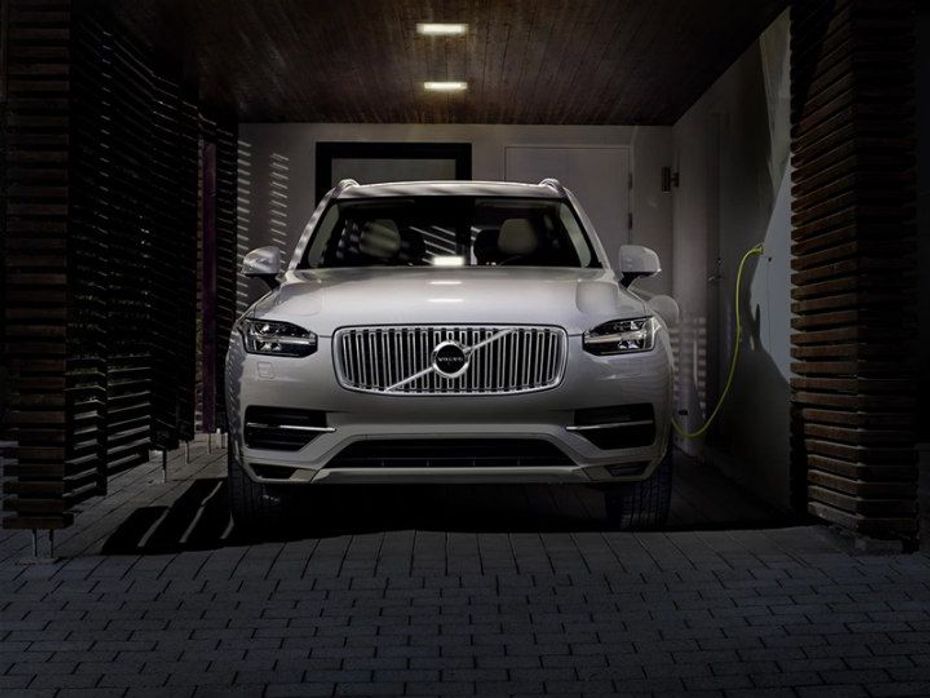
Currently, the XC90 T8 petrol is the only hybrid Volvo sells in India. Volvo’s plug-in hybrid system is powered by a 2.0-litre petrol engine and an 11.6kWh battery. The IC engine makes 303PS and 400Nm, while the electric powertrain contributes 87PS and 240Nm. The total output is a whopping 407PS of power and 640Nm of torque.

Renault Extends Standard Warranty On Kwid, Triber, And Kiger To 3...

Is The Kia Syros More Compelling Than The Best-selling Hyundai Creta?

Auto Expo 2025 - All You Want To Know About The Hottest Auto Show!

Hyundai Creta Electric REVEALED Ahead Of Auto Expo 2025! Here’s...

Mahindra BE 6 Launched: Price For The Top-spec Variant Is Out!

JSW MG Motor India Revealed Their New SUV, The MG Majestor At Auto...

Auto Expo 2025: Tata Sierra ICE Concept Breaks Cover, All Details...

Volkswagen Golf GTI Set For India Launch In Mid 2025, Top 5 Things...

VinFast VF3 vs MG Comet EV: A Detailed Comparison Of The Two Cute And...
India's largest automotive community
 Hyundai Creta Electric Vs Mahindra BE 6: Which Electric SUV Offers More Features?
Hyundai Creta Electric Vs Mahindra BE 6: Which Electric SUV Offers More Features?
 Audi's Most Powerful SUV: Bookings Open For The New Audi RS Q8 Performance!
Audi's Most Powerful SUV: Bookings Open For The New Audi RS Q8 Performance!
 Kia Syros: How Is It Different From Sonet And Seltos And What Does It Bring To The Table?
Kia Syros: How Is It Different From Sonet And Seltos And What Does It Bring To The Table?
 Vayve Eva Vs VinFast VF3: Specifications, Powertrain, And Features Compared
Vayve Eva Vs VinFast VF3: Specifications, Powertrain, And Features Compared
 Vayve Mobility Eva
Rs. 3.25 Lakh
Vayve Mobility Eva
Rs. 3.25 Lakh
 BMW X3
Rs. 75.80 Lakh
BMW X3
Rs. 75.80 Lakh
 Hyundai Creta Electric
Rs. 17.99 Lakh
Hyundai Creta Electric
Rs. 17.99 Lakh
 Lotus Emira
Rs. 3.22 Crore
Lotus Emira
Rs. 3.22 Crore
 Lotus Emeya
Rs. 2.33 Crore
Lotus Emeya
Rs. 2.33 Crore